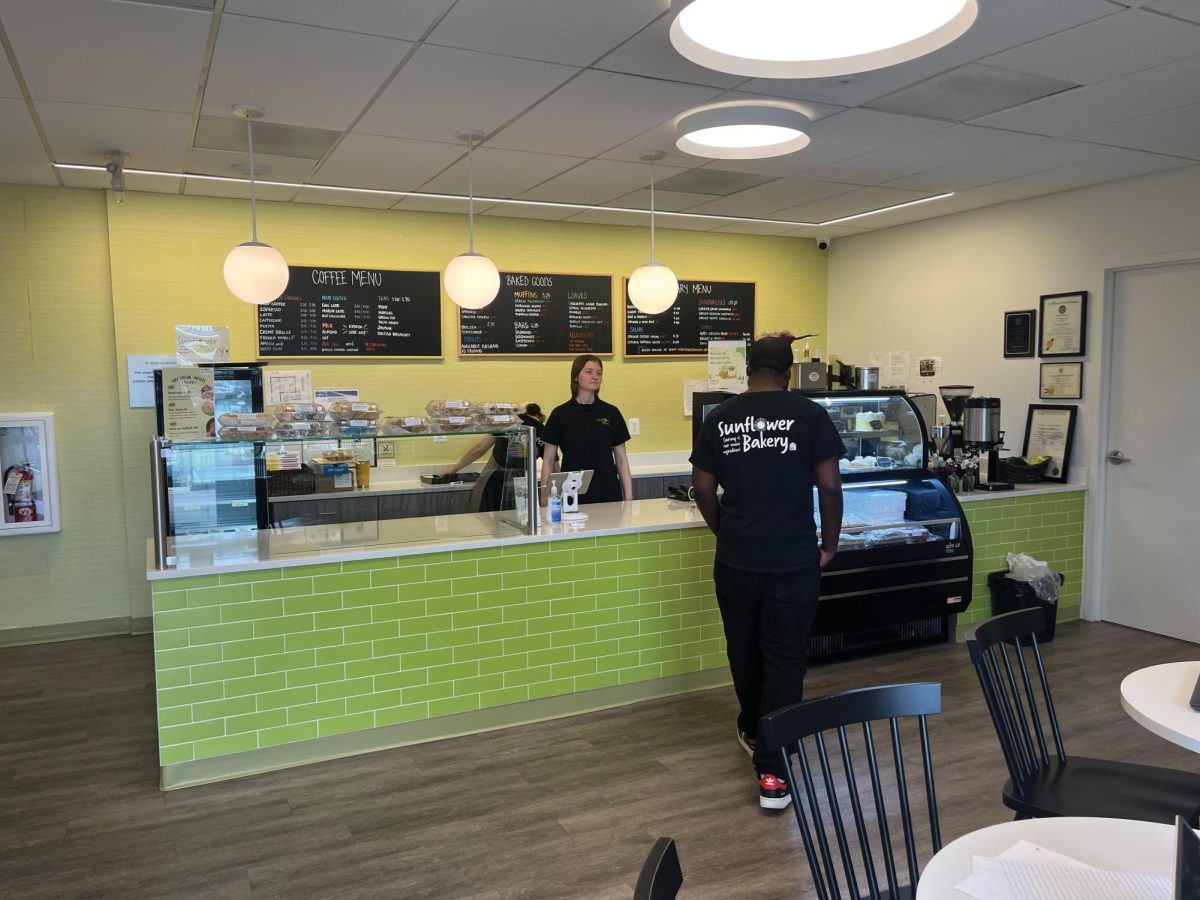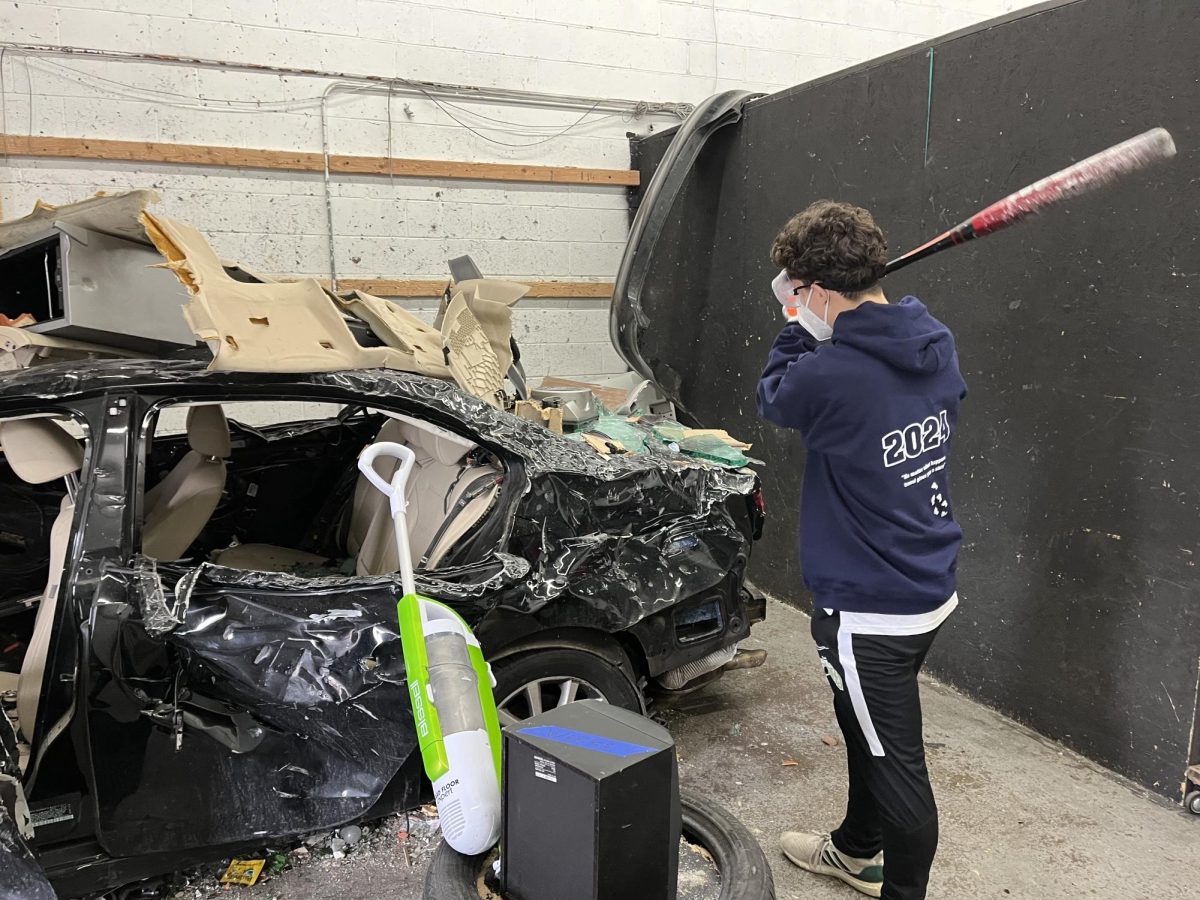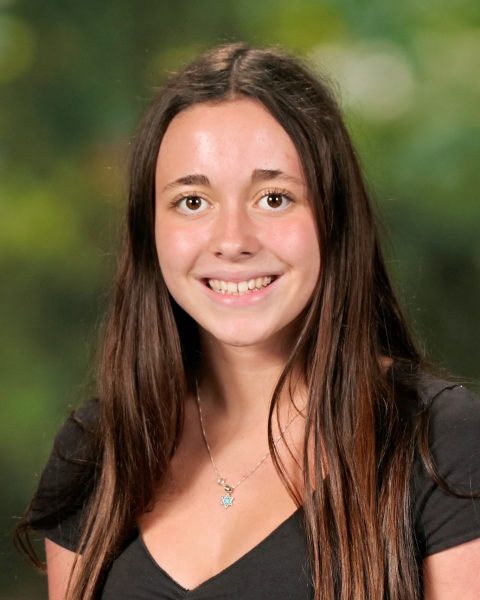While walking by the exterior of Loring Cornish’s gallery in Fells Point, Baltimore, pedestrians stop to admire the 8-foot tall statues and mesmerizing mosaics. Little do those who walk by it know that the interior of the gallery holds meaningful art pieces, with a great number dedicated to the Jewish community.
Cornish is a Black artist, and the story of how he became involved in the Jewish community is inspiring.
Around 20 years ago, a Jewish woman showed up outside of his home telling him that she saw his art and loved it. That same day, this woman bought two pieces of art, and Cornish went to help hang them in her home. While there, he sat and talked with her and her husband for hours. He instantly connected with them, and was in awe over their Jewish culture.
As Cornish returned home that evening to work on a collection for a museum about the struggles of the Black community, he decided to incorporate the struggles of the Jewish people as well. However, he had his concerns. He felt uneducated on Judaism and did not want to disrespect the Jewish community. He not only spent time studying Jewish history, but also attending Jewish events, such as various Jewish holidays and even a synagogue.
About a year ago, when an intense rise in antisemitism began, Cornish felt he had to give back to the Jewish community, which had given him so much. He wanted to open a gallery and name it “Love is Beshert,” meaning love is meant to be. Upon learning the word “beshert,” he felt a connection to its meaning. During my visit, he walked over to another beautiful mosaic spelling out the word “Beshert.”
However, after realizing that this Hebrew word is unfamiliar to most people, he decided to name the gallery “Shalom Gallery.” As soon as I walked into his gallery what immediately caught my attention was a giant, colorful mosaic spelling out “Shalom,” which he then explained to be the inspiration for the name. “Shalom Gallery” is closed for now, but he hopes to reopen another similar gallery soon.
During my tour of the Gallery, Cornish showed me the art he had created during these experiences, incorporating several Hebrew words and Stars of David. One s mosaic features a Star of David with the number 6,877,208, the number of the Jews who died during the Holocaust.
Cornish’s main gallery, which opened in 2012, is currently closed to the public, but he allowed me to visit to look at his art. Cornish plans to reopen this gallery by the springtime, and he wants to fill the space with light and glass.
Cornish describes most of his art as “whimsical,” which is an exact description of the dynamic mosaics. He uses objects that his clients give him from all over the world to create his art, each individual piece filled with significance.
During my visit, he reached around to plug in a few mosaics, and proceeded to turn off the lights, making the art glow. It was a magical moment that truly brought his art to life and made his exhibition unique from other galleries.
While the gallery is currently closed, Cornish has plans to open another gallery in the near future. I highly recommend visiting his gallery once it opens to the public; as it will be filled with stunning art along with a touching tribute to the Jewish community.














